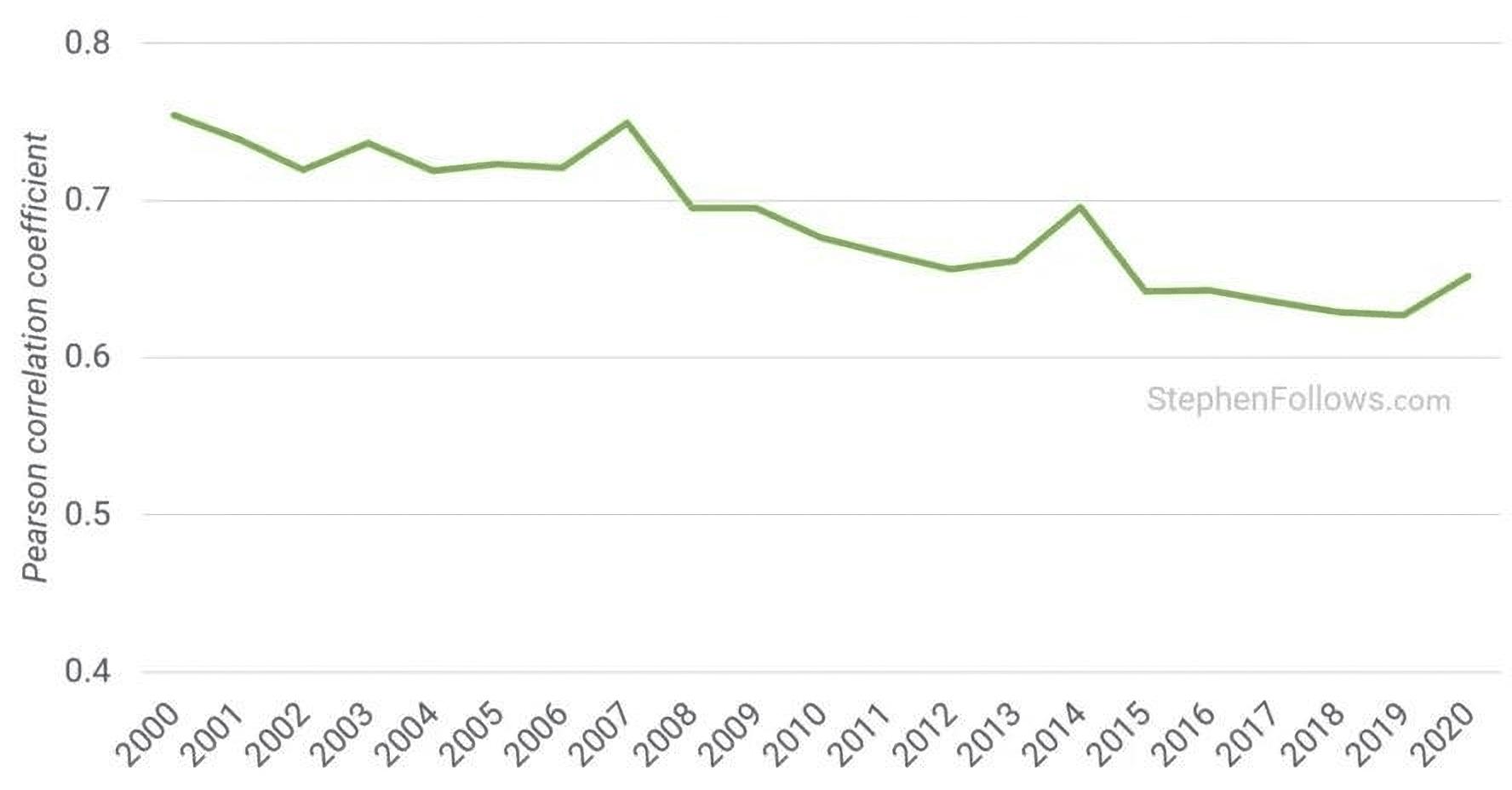
Everyone's Doing It (And That's Why You Shouldn't): When Behavioral Science Misleads Marketers
Behavioral science uncovers powerful truths about human decision-making. For marketers, it's invaluable—revealing how to build mental availability and create loyalty by harnessing the cognitive shortcuts that make consumer choice feel effortless (or as we call it, irresistible).
But marketers are human, too. And we forget it at our own risk.
At Method1, we apply behavioral science to build indulgence brands—helping consumers grant themselves permission to choose moments of joy. We eliminate the cognitive frictions that lead to abandoned carts. We also stay hyper-alert to the behavioral biases that might influence us.
After all, the principles that help marketers understand consumer choice don't stop working when we walk into strategy meetings. They keep operating, naturally guiding our decisions in ways that can limit breakthrough thinking.
Most marketers never realize they're following proven psychological patterns; they only see the outcomes. “Differentiated” brands that somehow look identical. “Disruptive” strategies that feel oddly familiar. “Bold” moves that, in hindsight, seem remarkably safe.
Three principles in particular can misdirect even the most experienced marketers. The result? Strategies with a strong bias toward conformity.
3 Behavioral Principles that Mislead Marketers
1. The “false consensus effect” makes teams believe their marketing preferences are truths
Did you know film critics and audiences are literally watching different movies? Statistician Stephen Follows’ 2021 analysis of 10,000+ films showed that critic and audience scores have been diverging for 20 years. Critics want artistry. Audiences want escape. Both think everyone agrees with them.
Correlation between Metascore and IMDb User Scores

Stanford researchers identified this phenomenon in 1977, terming it the false consensus effect—our tendency to overestimate how common our own preferences and beliefs are.
This effect pervades marketing. Creative teams enthusiastically agree to push "micro-batch roasting narratives" or "gut-brain support” when their consumers simply want emotional rewards that feel worth the spend.
Consider hard seltzers. Marketers love to emphasize “craft carbonation methods” or "triple-filtered water." Yet White Claw commands 60% market share by offering simple refreshment at the right price—and by abandoning the category's female-focused origins to include men. The benefit? Permission to enjoy without overthinking, no matter who you are.
Sometimes the angles that seem essential from within a category just create confusion and unnecessary cognitive burdens. The team may feel confident, but consumers move along.
2. The best practice trap of “social proof” kills differentiation
Social proof—so widely adopted it can be considered a gold standard—is foundational to behavioral marketing. Show that others are choosing and enjoying your brand, and greater consumer choice follows. It's why campaigns tout bestseller status or highlight testimonials.
But when marketers unconsciously apply social proof to their own decisions? That's when brands all start looking the same and offering the same experiences.
"Limited editions are essential." "Everyone's investing in TikTok." "Your premium line is coming too, right?” Industry consensus pressures marketers across trade events, publications and LinkedIn chatter, amplifying approaches until they feel mandatory.
Consider plant-based meats. Following Beyond Meat's breakthrough, numerous CPG brands launched with remarkably similar positioning—health benefits, environmental responsibility, protein equivalence. The result: a growing collection of indistinguishable options that makes choice harder, not easier.
Social proof simplifies consumer choice brilliantly. But for marketers, automatic choice spells “unremarkable.” Differentiation is impossible when everyone picks the same strategy.
3. The availability heuristic frames memorable exceptions as rules
This principle leads us to give too much weight to examples we can easily remember. In marketing, this means one celebrated campaign can send hundreds of marketing teams scurrying to build on one essential “learning.”
Combine this memorability with social proof (every other marketer thinks that activation was great, too), and you have a recipe for urgent imitation. The strategy feels like lightning in a bottle—if marketing can catch it in time—as emotions drive us to push past details and doubts.
Oreo's real-time, instantly-legendary Super Bowl blackout tweet spawned countless social media war rooms. Brands rushed to invest heavily in “moment marketing.” But it was Oreo's century of brand equity-building that actually made the moment matter.
Remember: thousands of ads, videos and social posts fail to gain traction every year. Yet because they don’t easily come to mind, marketers don’t always consider the learnings they offer.
That’s the availability heuristic clouding marketing’s judgment. When we mistake the outlier for the playbook, we assume impact that’s unlikely.
Outsmarting Our Own Psychology
One simple shift can help marketers avoid these cognitive traps: consciously moving from automatic to analytical thinking.
When the false consensus effect, social proof and the availability heuristic trigger automatic choice, we’re operating in what behavioral science calls System 1 thinking: quick, intuitive, emotion-driven. Perfect for consumers choosing yogurt. Risky for marketers choosing strategy.
Simple awareness breaks the pattern. Once we recognize these biases, marketers can consciously engage System 2 thinking: slower, deliberate, analytical. System 2 requires more cognitive effort, which is why our brains prefer to bypass it. But it’s also the key to mindful decision-making—exactly what marketers need to exercise.
Here's how to ensure your marketing decisions are truly considered:
- Challenge easy consensus When agreement forms quickly around a strategy, pause. Engage your analytical brain and invite others to do the same. Rigorously test whether the strategy reflects market realities or just the team’s group “instinct.” Sometimes the most effective strategy looks nothing like you’d expect—and that's the point.
- Question the crowd That urge to respect industry best practices? Pure System 1, following the path of least cognitive resistance. Instead, look to develop differentiation and distinctiveness: both standing out and being unmistakable across brand and experience. The greatest opportunities often hide where no one's looking—because looking requires System 2.
- Study the full story Before adopting tactics from celebrated campaigns, slow the process down and analyze the complete context. What groundwork preceded the win? What category dynamics contributed to success? How much could simply be ascribed to lucky timing? This deeper analysis reveals whether there’s actually a learning for your brand or not.
With these shifts, what once pushed marketers toward predictable choices can lead them to breakthrough campaigns and brand-building.
We can absolutely move from being unconsciously influenced by behavioral patterns to consciously leveraging them. And that's the difference between falling prey to behavioral principles and harnessing their power.
To see how Method1 leverages behavioral science to make indulgence brands irresistible, explore our work.
References
Ross, L., Greene, D., & House, P. (1977). The "false consensus effect": An egocentric bias in social perception and attribution processes. Journal of Experimental Social Psychology, 13(3), 279-301.
Sherif, M. (1935). A study of some social factors in perception. Archives of Psychology, 27(187), 1-60.
Tversky, A., & Kahneman, D. (1973). Availability: A heuristic for judging frequency and probability. Cognitive Psychology, 5(2), 207-232.
Ready to
make your brand
irresistible?
